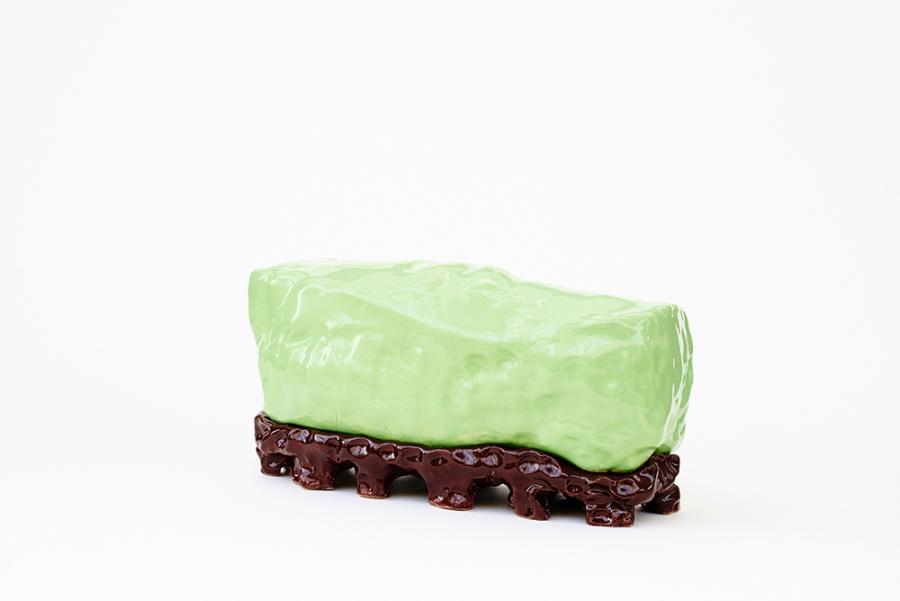It's There But It's Not There
It's There But It's Not There
Longing is “a high grade of an intense and often painful yearning for something, especially if there is no hope to get any satisfation of the desired or, if the satisfaction of the wish is uncertain or far away" (Grimm's dictionary, 1854). Group exhibition with works by Katharina Fengler, Andreas Gloël, Ani Schulze. Curated by Julia Wirxel.
The human ability of longing is an anthropological constant referring to the openness and boundaries of human development and that is influenced by culture and nature. If we consider e.g. the topoi of the perfect beauty or the irrecoverable loss, the unreachable is accompanied by tensions. On the one hand a feeling of longing may trigger a concrete move towards the desired ideal, and on the other hand it may entail a breakdown by holding on to the impossible idea of fulfillment. The works of the three artists picture a feeling of longing as a place, a three-dimensional image, as plain, surface, material, colour, effect, taste, time, a moment of happiness, but most of all as a projection. By using an originally 16 mm film Ani Schulze evokes outdated standards of technique and bygone times. This format was mainly used in a private domain as an evolution of the photo technique towards the moving image and a more "real" possibility of preserving the ephemeral and soon to be lost. In the light of a late summer afternoon, town and nature are unified and - supported by the camera’s movement - promise easiness. Outside the filmed scenes lies a possible seriousness and by reading the subtitles you will find mysterious reflexions. The realistically presented chocolate bar looks appetizing,thus you feel a tempting stimulus by studying Katharina Fengler's works. In the same way you would like to get closer to the abstract colour traces that surround the sweetness. Numerous colours can be recognised on a pedestal. Salt dough as a material entices you immediately to touch and knead it. Childhood memories are recalled, partly because of the colourfulness. The works of Andreas Gloël show a seductive materiality represented by the shiny and matt surfaces, but the beholder has to suppress their wish of touching it. The idea of a perfect, handmade shoe is inherent. While looking at the artist's excerpt of nature you feel the antagonism of longing and its elusiveness or distance. Andreas Gloël grafts nature onto the domain of fine arts, but tames the natural material by nailing it to the wall.












